Wearable and sellable is key at Paris Fashion Week
It was a week of refreshingly serious, complex and wearable clothes in Paris, says Rebecca May Johnson

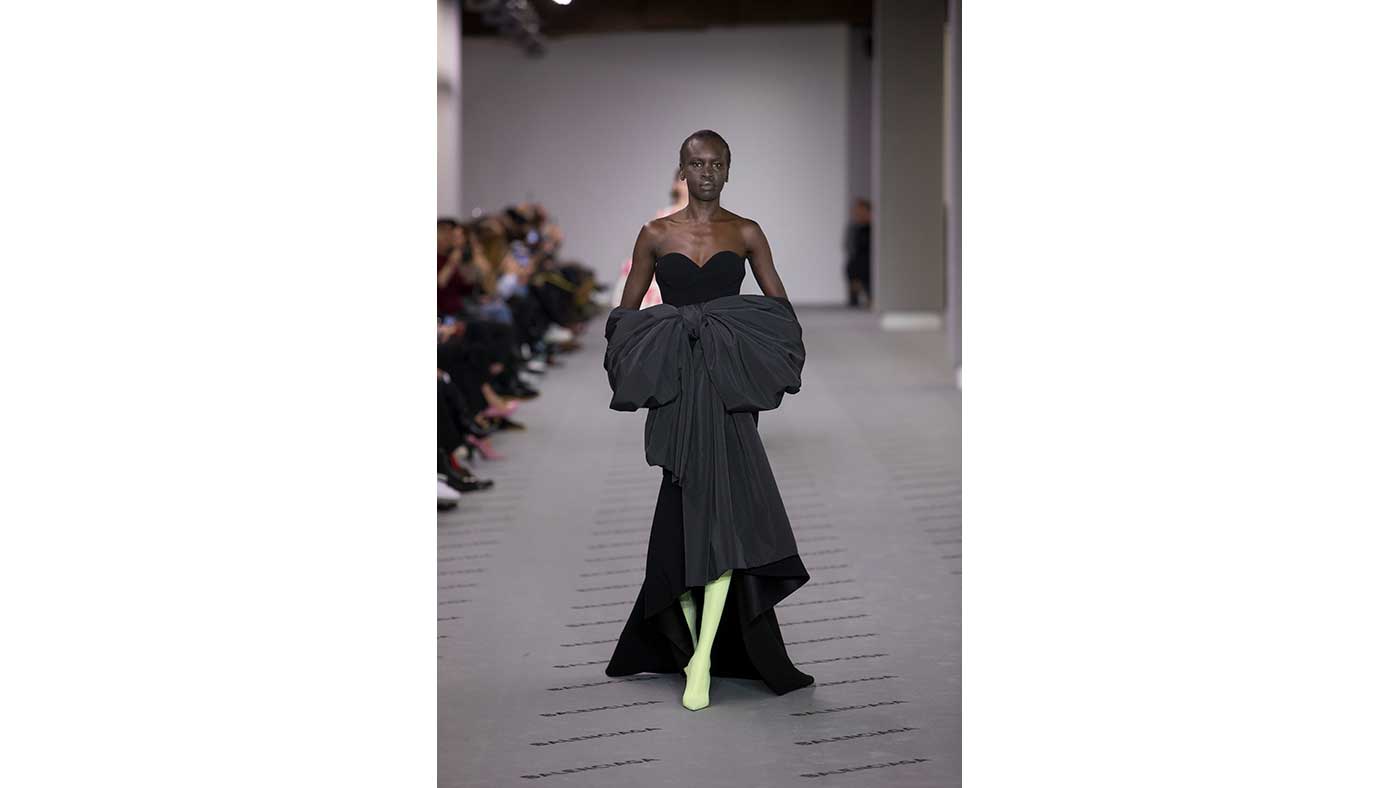


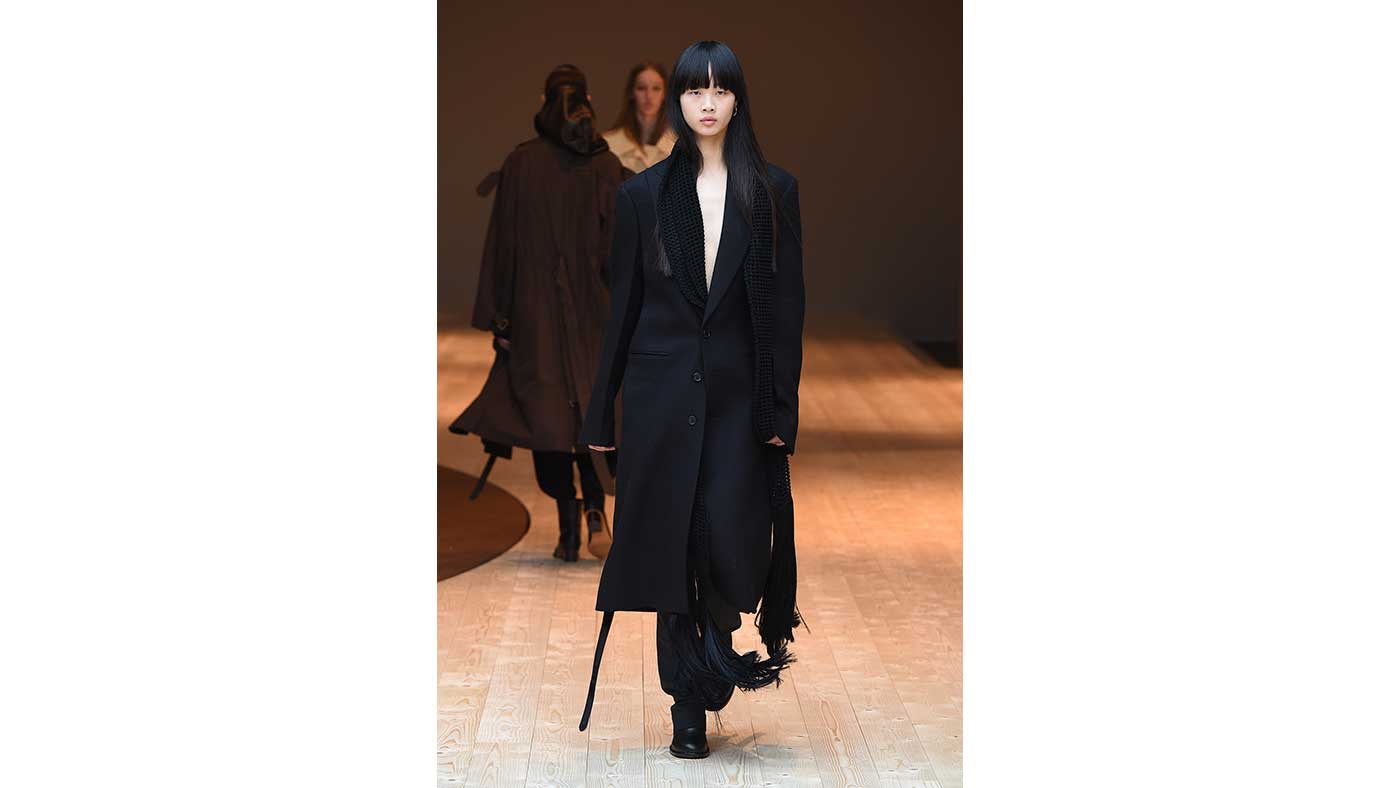







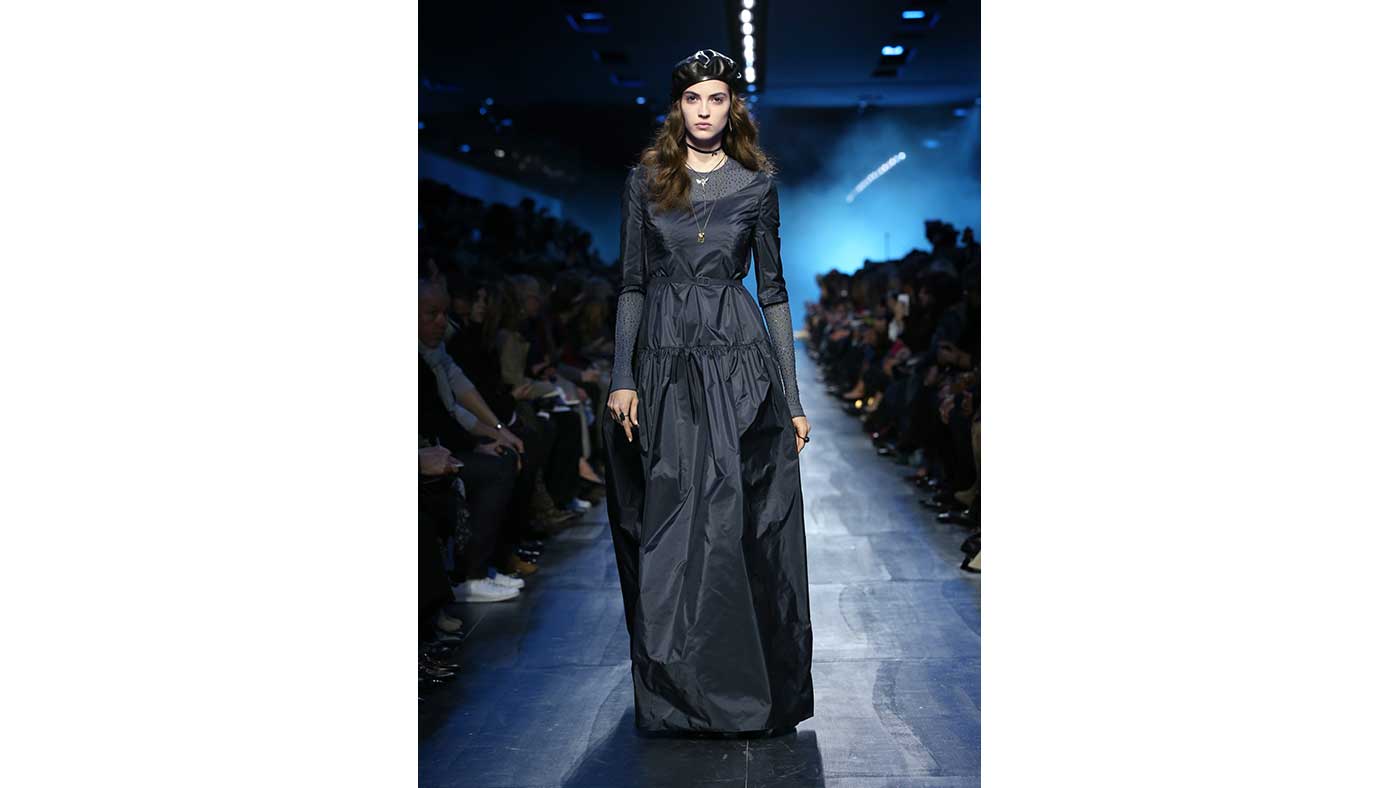
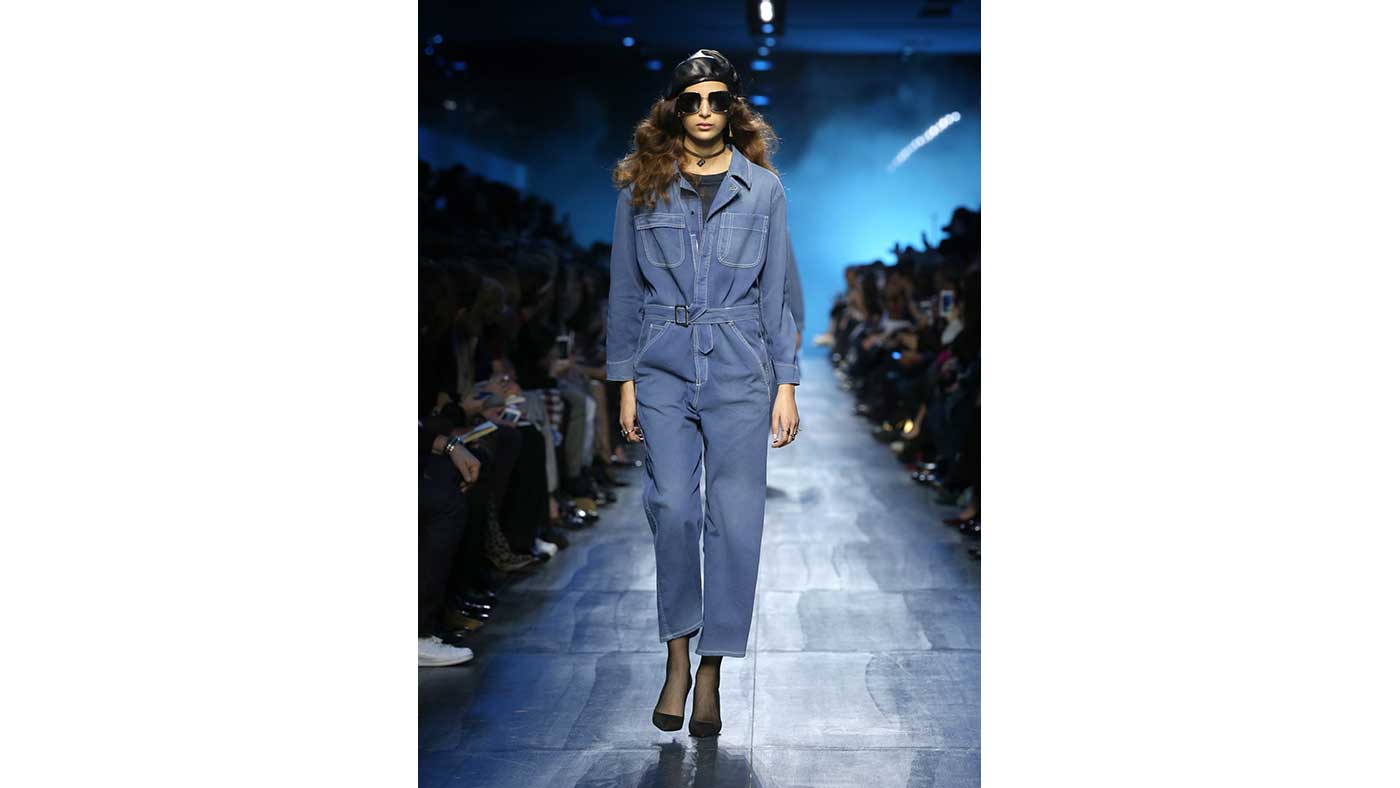

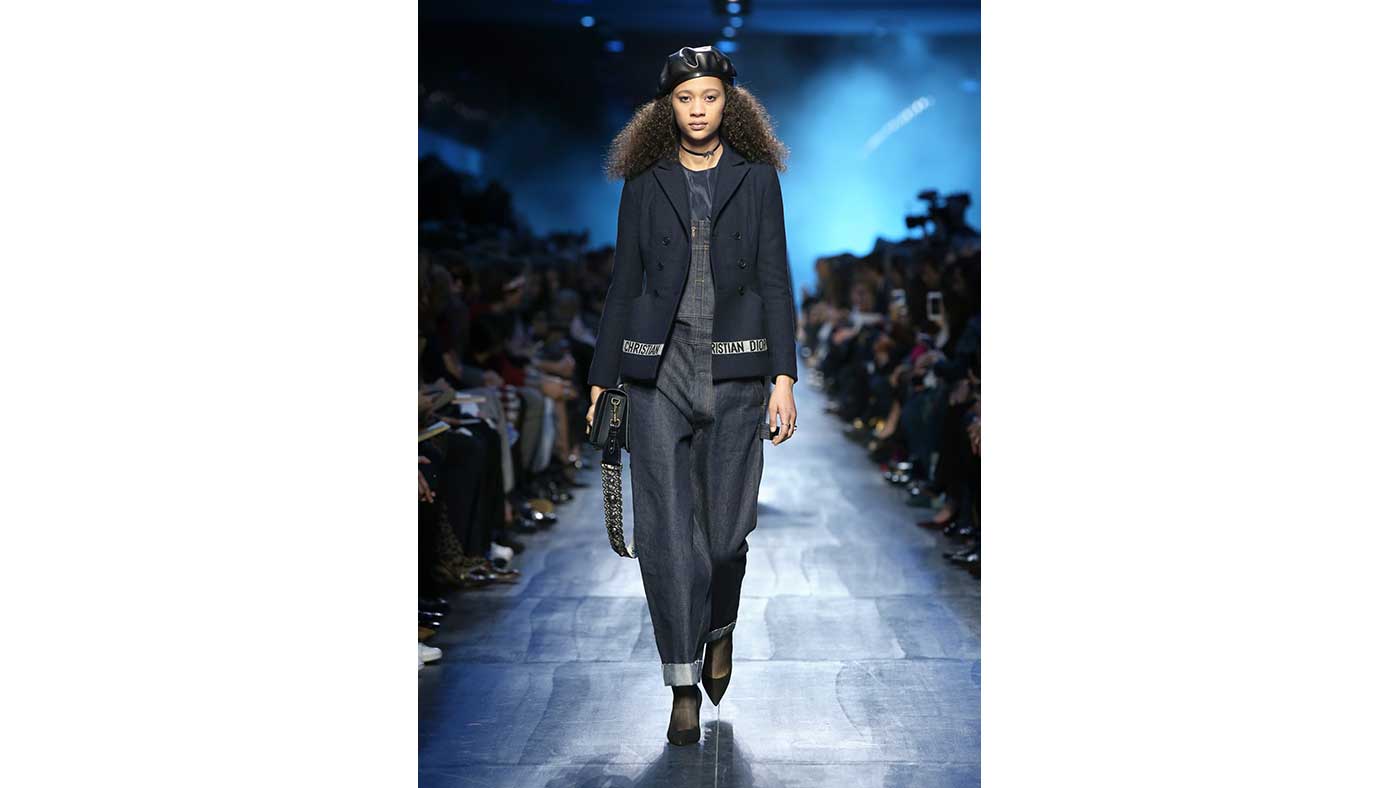

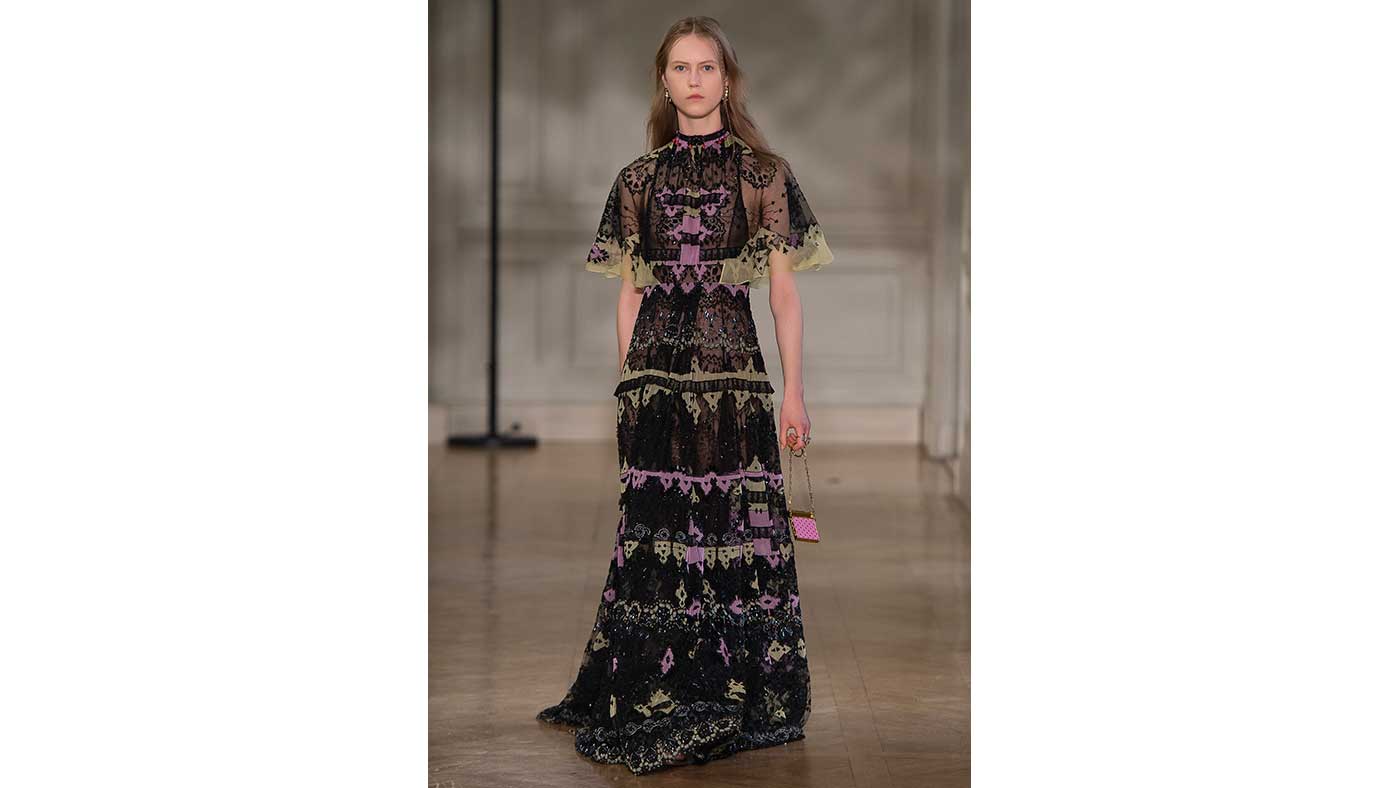




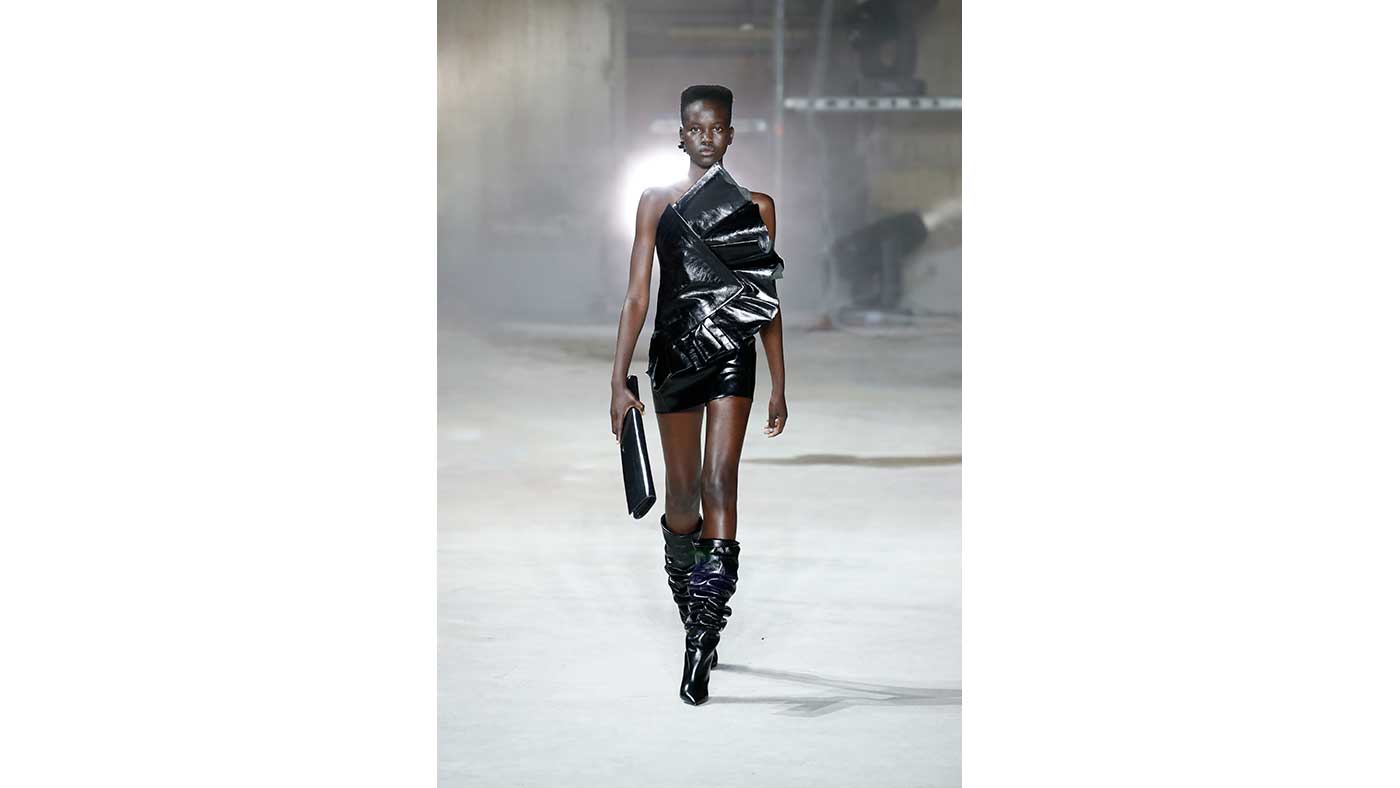

There were two 100th celebrations during this year's Paris Fashion Week. The first was Dries van Noten’s, which the Belgian designer took as an opportunity for a love-in with 54 women who have walked for him since 1993. Supermodels of the past proved they still had what it took to own the runway in a collection that was a remixed retrospective of prints that have made Van Noten’s name. Clothes were styled to show "how the women would like to dress themselves" according to the designer, and for Ellie Pithers at vogue.co.uk, "the joyful atmosphere was infectious". For Pithers, standout looks included "body-enveloping quilted jackets in jewel-toned patchwork satin and velvet, worn with simple jeans, navy polo necks and brogues". On a serious note, Sarah Mower at vogue.com reflected that of the legions of models, there were only three women of colour: "Those were not good times for diversity… Now a new day’s dawning. Fashion in general must make that change."

With a centenary exhibition of founder Cristobal Balenciaga’s couture creations on at La Musee de la Mode, the pressure was on for 35-year-old Georgian Demna Gvasalia to deliver, and he did, mostly. For Tim Blanks at The Business of Fashion, the collection demonstrated Gvasalia’s ability to "transfigure the most banal". Simple coats were transformed by the gesture found in the brand’s archives of a coat clutched to one side, defining the dominant, asymmetric silhouette. Car parts were repurposed into floor mat pencil skirts and wing mirror clutches, making for "elegant subversion of orthodoxy". But for Vanessa Friedman at The New York Times, the nine couture gowns that closed the collection, which included “a strapless moire tent dress floated out in a trio of tiers like a raspberry mousse; a black sheath with a sweetheart neckline tied with a giant taffeta bow at the waist, hands plunged into the loops; a column of white ostrich dotted with black cockerel feathers," showed up the first part of the collection as a little underwhelming.

Karl Lagerfeld had no intention of underwhelming at Chanel with his recreation of a space rocket that actually launched and rose to the top of the Grand Palais. But perhaps he was distracting from a pretty conventional collection? For Jo Ellison at the FT, the backcombed models in space-age knee-length boucle (albeit shot through with metallic silver thread) were more "primly dressed wives" than pioneers and "would be useless on the Apollo rig". However, the delectable sparkly booties will surely sell, as will a lot of perfume and cosmetics, which in any case is Chanel’s rocket fuel.
The Week
Escape your echo chamber. Get the facts behind the news, plus analysis from multiple perspectives.

Sign up for The Week's Free Newsletters
From our morning news briefing to a weekly Good News Newsletter, get the best of The Week delivered directly to your inbox.
From our morning news briefing to a weekly Good News Newsletter, get the best of The Week delivered directly to your inbox.
Wearable simplicity (albeit for a younger audience) with a whack of sparkle was the order of the day at Saint Laurent too. Despite the very, very loud music and stadium-like space, Anthony Vaccarello’s Saint Laurent show was, for Bridget Foley at WWD, "impeccably made" and made up of "basic (as in really basic) clothes - jackets, sweaters, pants, jeans, a good old-fashioned tank of the Jockey/Hanes variety". There were also a lot of party dresses in wet-look ruffled leather, and instant-hit slouched leather boots, including in blinding silver. Indeed, there was little that one couldn’t imagine an It-girl wanting to sling on -with a good dose of luxurious leather pants and polo necks for the rest - continuing former designer Hedi Slimane’s aptitude for making clothes that sell.

Again, to each its demographic and for Phoebe Philo’s Celine, that means grown-up-looking women who want to be taken seriously. For Mower at vogue.com, despite the rotating seating arrangements and confusing choreography, which made models resemble busy commuters criss-crossing the street (or was that the point?) there were "plenty of the clothes the Celine woman has come to rely on to keep her act together in an increasingly difficult corporate world". Boxy black trouser suits, striped shirts, trench coats, Celine-ified according to Philo’s sophisticated vision. A little levity was found in "giant fuzzy stoles slung over models arms". Overall? A wardrobe for toughing it out in a corporate world.
At Louis Vuitton, Nicolas Ghesquiere hoped he had the answer to the question of how to sell real fur to millennials: mix it with sportswear. And a lot besides - the collection shown at the Louvre was "a stew of global influences: Russian, Indian, American, urban, folk and pastoral" for Ellison at the FT. Boundaries in general were broken down - slip dresses played against tough, diamante embellishments, sporty workout jerseys, ski sweaters and tweed. For all the chaos, though, it was commercial, finishing with a raft of pretty dresses and skirts with lace trim and brocade. As Ellison concludes: "The shapes were typically directional, the fabrications technical and the silhouette controlled. But the clothes had traditional touches and much of it was very wearable."

Another mash-up at Valentino came with Pierpaolo Piccioli’s endeavour to marry Victoriana and Memphis – a design movement of the 1980s. Foley at WWD, said it was: "Beautifully cohesive. Part of the wonder of Piccioli’s work is that it is, in its way, subversive, as in counterintuitive to the norm. Put a diaphanous dream of a dress with an aggressive boot and you’ve grounded it for the runway moment, but it’s still a diaphanous dream of a dress". Swingy, knee-length dresses offered a new silhouette to the brand, which reached its zenith in the final look, devised in radiant, raspberry-hued sequins.
A free daily email with the biggest news stories of the day – and the best features from TheWeek.com

Building on the "We Should All Be Feminists" T-shirts from her first collection for Christian Dior, Maria Grazia Chiuri took up the iconography of the Black Panthers with black berets - as brought back to attention by Beyonce's troupe in the Formation video. Apart from that, the theme of the collection was "Blue" - Monsieur Dior’s favourite colour apart from black. Rather shockingly, for the storied luxury brand, denim and workwear were key features, with branded selvedge in roomy cuts. But these had, for Mower at vogue.com "the stamp of potential cult items". There were also plenty of elegant gowns in sheer silks and velvet, short hemlines and long. The designer talked a lot of wishing to serve the needs of a broad base of millennials - but for Mower, Chiuri could have thought of her older sisters too, "after all, in this day and age, feminist mothers and daughters march together".
Rebecca May Johnson writes for publications including Vogue, AnOther, The Daily Telegraph and The Business of Fashion
-
 The week’s best photos
The week’s best photosIn Pictures A new year dawns, a volcano yawns, and more
-
 8 incredible destinations to visit in 2026
8 incredible destinations to visit in 2026The Week Recommends Now is the time to explore Botswana, Mongolia and Sardinia
-
 Wave of cancellations prompt Kennedy Center turmoil
Wave of cancellations prompt Kennedy Center turmoilIN THE SPOTLIGHT Accusations and allegations fly as artists begin backing off their regularly scheduled appearances
-
 Kanye West’s White Lives Matter controversy
Kanye West’s White Lives Matter controversyTalking Point Rapper blames ‘liberal Nazis’ for a storm of condemnation over T-shirt
-
 Maria Grazia Chiuri interview: Dior is ready to celebrate
Maria Grazia Chiuri interview: Dior is ready to celebratefeature Designing a Dior for the post-pandemic world
-
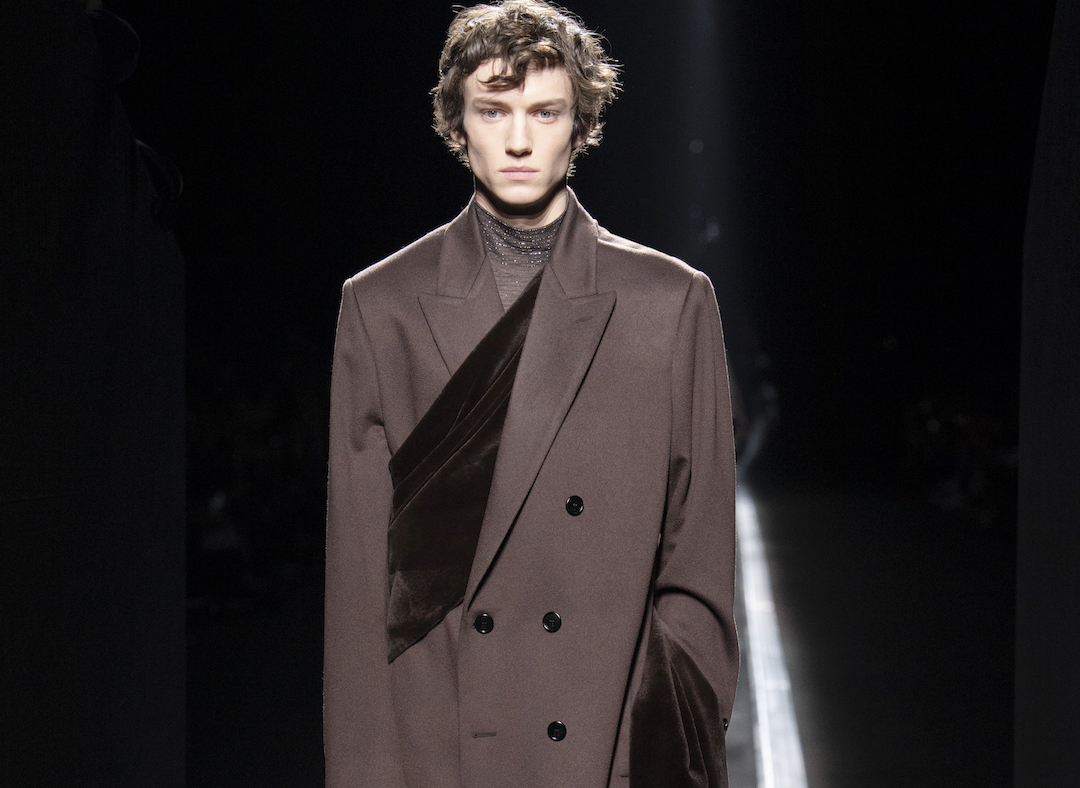 Berluti, Louis Vuitton and Dior make up a Paris Fashion Week triumvirate
Berluti, Louis Vuitton and Dior make up a Paris Fashion Week triumvirateSpeed Read One debut and two sophomore menswear collections make for an exhilarating display
-
 Paris Fashion Week: Brands are still courting Millennials
Paris Fashion Week: Brands are still courting MillennialsIn Depth From Balenciaga to Chanel, the catwalks are shifting focus
-
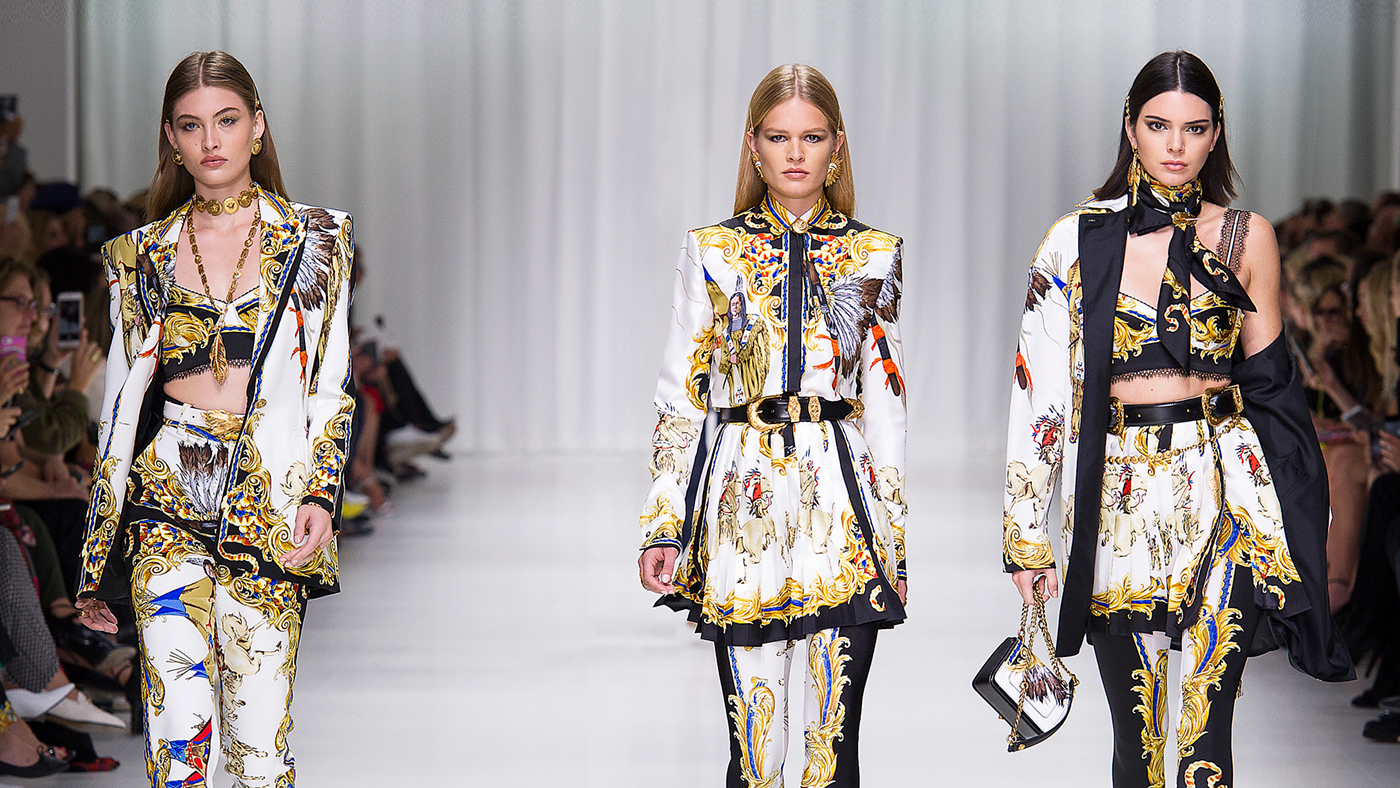 Riot Grrrls and Golden Girls at Milan Fashion Week
Riot Grrrls and Golden Girls at Milan Fashion WeekIn Depth Radical comic book heroines at Prada and shimmering gilded supermodels at Versace: the high points of the seven days were woman-powered
-
 A panoply of design at London Fashion Week
A panoply of design at London Fashion WeekIn Depth The world of fashion reacts to the best of the SS18 shows, which brought cleaning-inspired chic, streetwear and plenty of pink plastic
-
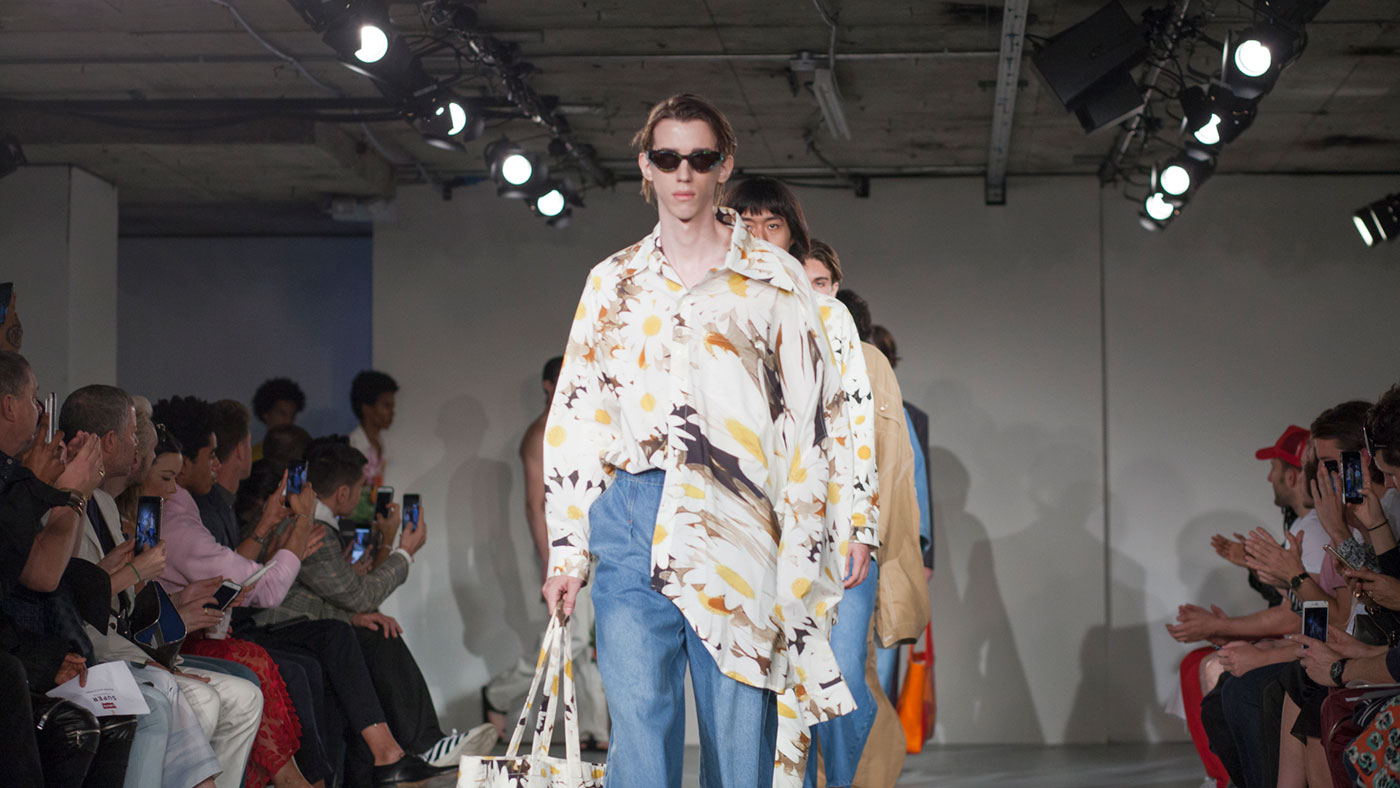 The spirit of youth: London Fashion Week Men's
The spirit of youth: London Fashion Week Men'sIn Depth Some played with gender and the theme of childhood while others opted for calm staples against a backdrop of political uncertainty
-
 More is not always more at Milan Fashion Week
More is not always more at Milan Fashion WeekIn Depth The beating heart of high-glamour saw a week of complicated excess in Italy, but it was a little too much for some critics